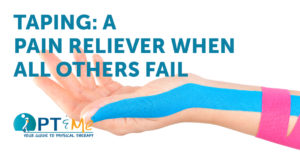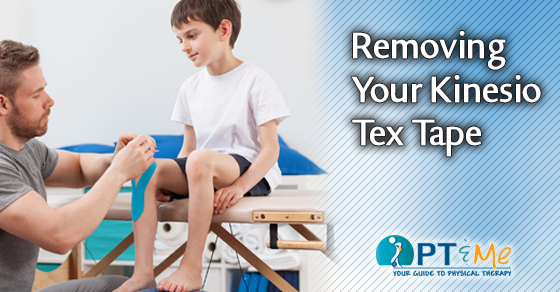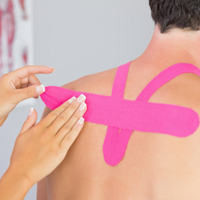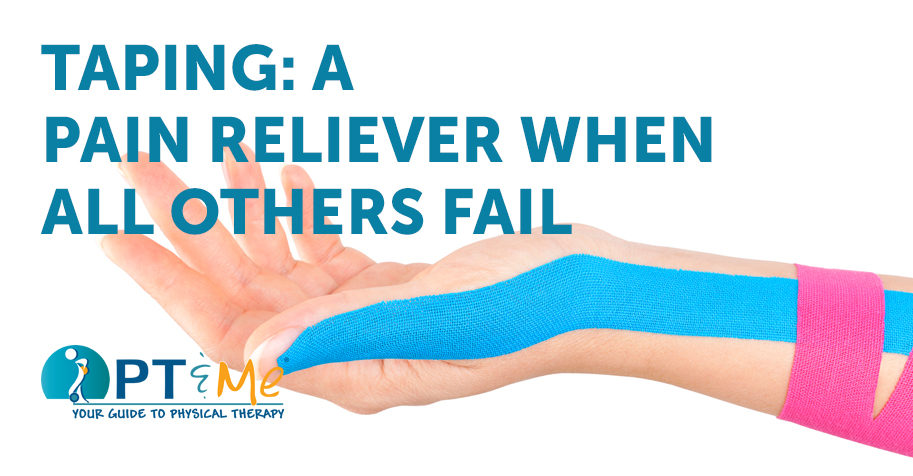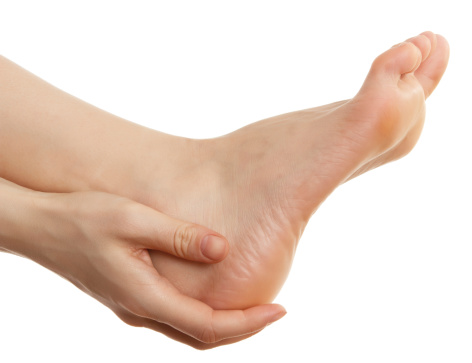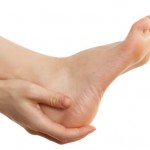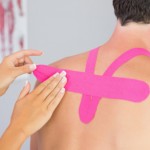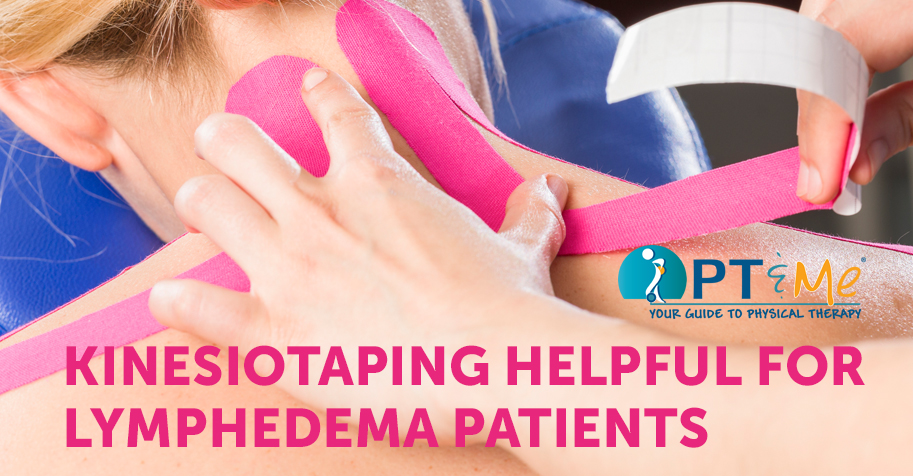
In most stages Lymphedema cannot be cured, but it can be managed. The goal of physical therapy for Lymphedema patients is to control pain and minimize swelling. As a result, we have that kinesiotaping can be helpful for lymphedema patients.
Kinesiotaping has been found to be very effective in combating and controlling swelling and Lymphedema. Kinesio tape works to decrease swelling and Lymphedema by increasing interstitial lymphatic fluid flow and enhance fluid exchange between tissue layers, thus decreasing swelling. The tape will “channel” the exudates to less congested areas through the superficial pathways. The tape gently lifts the skin, causing convolutions and creating channels of low pressure in the congested areas of the extremity. The tape is applied with very low tension to the point that the patient hardly notices the tape is there.
[ Some of the advantages of Kinesio tape are]
- The patient will have freedom of movement more than with the conventional ace wrap.
- Able to reduce Lymphedema in the trunk, head and neck – places where compression therapy is difficult
- It can help soften fibrosis
- Can be used in combination with and worn underneath compression bandage.
- The tape does not fall down the patients leg or arm like the ace tends to do as the day progresses.
- Kinesio tape can stay on for up to 3-5 days at a time instead of having to be reapplied daily.
- Patients are allowed to shower with the tape on and it won’t come off.
- The tape is hypo allergenic and very easy on the skin
- Tape can be applied in a relatively short period of time, thus not consuming a large portion of the patient’s day, to allow them more time to do other necessary daily tasks. The procedure is quick and especially effective when combined with physical therapy treatments.
It is important that Kinesio tape initially be applied by an appropriate medical professional to best utilize its abilities. Physical and occupational therapists can be trained and certified in these taping techniques. A therapist will typically conduct an evaluation and determine the best course of treatment. Professionals can use Kinesio taping in conjunction with other modalities and treatment techniques in the clinic or at home.
Patients with Lymphedema are at a higher risk of developing skin irritation. Kinesio tape is latex free, but if you do have a history of skin irritation you may want to consider opting out of taping as part of a therapy plan.
To learn more about Orthopedic Kinesiotaping visit our treatment technique section here
More PTandMe articles about Kinesio Taping can be found here:
